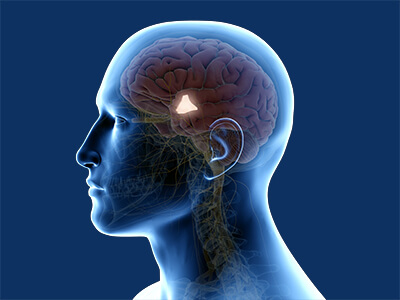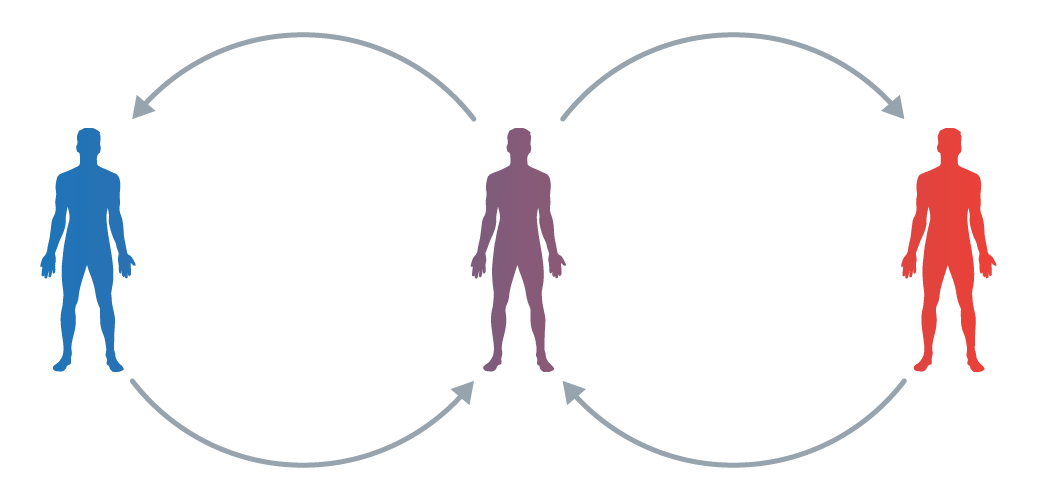This is a lesson summary. The full lesson can be viewed by purchasing an online course subscription.
Learning Objective
In this lesson we will learn how homeostasis is maintained by the nervous system and the endocrine system.
Learning Outcomes
By the end of this lesson you will be able to:
- Describe how negative feedback regulates the body.
- Describe how the nervous system regulates body temperature.
- Describe how the endocrine system regulates body temperature.
- Describe how the endocrine system regulates blood glucose.
- Describe how the endocrine system regulates water levels.

(Image: SciePro, Adobe Stock)
Lesson Summary
- Homeostasis is the process of maintaining a constant internal environment so that the human body can function optimally.
- Homeostasis is coordinated by the nervous system and the endocrine system and occurs by a stimulus-response mode of regulation known as negative feedback.
- This involves receptors that detect changes and effectors which enact responses that counteract these changes.
- Stable body temperature is maintained by both the nervous system and the endocrine system.
- The nervous systems counteracts an increase in body temperature through vasodilation and sweating.
- The nervous system counteracts a decrease in body temperature through vasoconstriction and shivering.
- It also induces goose bumps but these have no effect on body temperature.
- The endocrine system counteracts changes in body temperature by regulating levels of thyroid-stimulating hormone (TSH).
- TSH regulates the production of thyroxine, which in turn affects the rate of metabolism and consequently the amount of body heat produced.
- Stable blood glucose levels are maintained by the endocrine system, which regulates the conversion of glucose to and from glycogen.
- When blood glucose level rises, the pancreas responds by secreting the hormone insulin, which stimulates the uptake of glucose by cells, where it is converted into glycogen.
- When blood glucose level falls, the pancreas responds by secreting the hormone glucagon, which stimulates the conversion of glycogen into glucose, which is then released into the bloodstream.
- Stable water levels are maintained by the endocrine system, which regulates levels of antidiuretic hormone (ADH).
- When water level increases (solute level decreases) the pituitary gland responds by decreasing the secretion of ADH, resulting in more water being removed from the body in urine.
- When water level decreases (solute level increases) the pituitary gland responds by increasing the secretion of ADH, resulting in more water being reabsorbed into the body by the kidneys.

